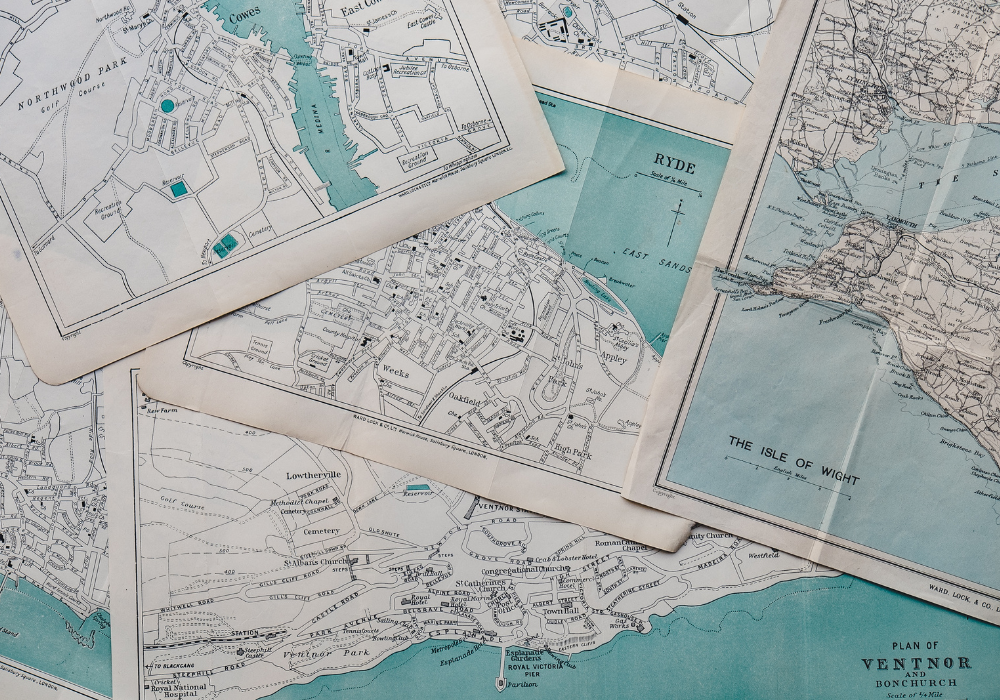
About a year after I started my first corporate job, I decided I was determined to both save money for travel and pay off student loan debt so I could travel freely in Asia. Following that, the ultimate destination would be Australia, on a working holiday visa. I made it a goal for myself as a millennial to simultaneously save money for travel and pay off student loan debt before embarking. I’ll be walking through habits, reminders, and ways to budget appropriately so you can clear your debt while accumulating savings.
It took me a few years to get in a place where I was comfortable leaving. In addition, my first few jobs were very much in the “recent grad” salary range – I was at no advantage with a large salary or commission.
I had three serious, personal criteria that all had to be met:
- Pay off student loan debt
- Save up enough to feel secure in my travels
- Be in a place in my career where I felt comfortable leaving off, or had stable footing to pick up work in the same field abroad and upon returning
I suggest you ask yourself what your priorities are.
- How much do you want to save?
- Where do you want to travel, and how long for?
- What type of travel/accommodation are you okay with? Will you stay in hostels, cook meals on the road, travel by land or plane?
- How much cushion will you leave for emergency funds?
Here’s how I was able to save money for travel while paying off student loan debt.
1) Live at home
I realize this is a privilege and not an option for everyone. As much as I enjoy my freedom to live on my own and personal space, paying off loans and saving was a priority. Living debt-free is a fresh of breath air, and once I was able to cancel out my debt, I knew I would be able to move onto investments, an area I am new to and dabbling within.
NOTE: If this is not an option, my suggestion is to find budget accommodation that suits your salary. You can still find a solid spot in a good neighborhood with patience and through your network! It’s suggested that you shouldn’t spend more than 1/3 of your monthly paycheck on rent. For over 2 years, I lived in San Francisco – a city known for exorbitantly high rent. I found rooms that were well below the average market rate, but reasonable enough to pull off for my budget. The average decent room is anywhere between $1,250-1,750, which is wide range, but it depends if you find someone with rent control or a large house. I paid $818-$1,050 for my rooms, plus amenities.
Dream places are for later on in life, when you’ve worked hard and earned a spot to rent or buy. When you’re fresh out of college/uni, you’re still finding your footing when it comes to savings and budgeting. Find a place that’s liveable and meets your bare minimum: for me, neighborhood, sunlight, and proximity to work were important.
Amt saved: $850-$1200/month, plus the cost of city life.
City life: costs of rides, happy hours, wining and dining, bar and restaurant life, specialty grocers – all these add up to a higher cost of living.

2) Reduce and sell
Stop buying and start reducing! Sell your clothing and used (but in good condition) items on Mercari, Poshmark, or go to a local store like Pluto’s Closet, Buffalo Exchange, or Crossroads.
If you do need to buy supplies or gear for travel, check out Craigslist and FB Marketplace first. There are some great products people want to get rid of, in good shape and very reasonable prices.
Tip: For the super savvy deals on Marketplace, lots of other people will message the seller. Snag the item by asking fewer questions, not haggling, or even offering slightly above asking price. Offer to pick up the item right away, or send a deposit if you really want it.
Amt saved: About $500 earned from Poshmark. Saved additional money (did not track) from marketplace sales and buying secondhand!
3) Find a side hustle
There was a time when I worked a barbacking job in addition to my full-time job. It wasn’t for me and I only lasted 2-3 months, but it kept me busy and provided a side income.
Instead, I turned to dogsitting and housesitting more. With apps these days, it’s easier to get started. Check out Rover and Wag in the US, or MadPaws in Australia.
Amt saved: $1-2k minimum
4) Engage in consumer research
You can’t do these super often, but when the opportunity strikes, consumer research and taste testing facilities provide a $35-50 gift card for about 30 minutes – 1 hr of your time. This helps pay for groceries!
The local study near me is called Curion Insights. Find a similar research facility near you, especially if you’re in a metro area.
Amt saved: $200
5) Cook at home
Limit the amount of drinks and restaurants you dine out at, and try to opt for happy hour when you do. Otherwise, cook and prepare the majority of your meals at home. It provides a significant cost savings and is much healthier.
Knock off the coffee habits too, and bring your own or brew at work, instead of buying out. A coffee a day is nearly $25/week, or $100/mo.
Amt saved: estimate 50% cheaper than dining out (taking gratuity fees into account)

6) Take cheaper methods of transportation
Although at times inefficient and unpleasant, take public transportation as much as possible. It will always be the cheapest mode of transportation.
An example if you live in NYC or SF: The muni ($2.50) or subway ($2.75) round trip/per day is $5-5.50 x 5 days/week = $25-27.50/week x 4 = $100-110/month.
If you take a rideshare at the minimum, it’s at least double, but more likely triple the cost. That’s a big cost savings.
Ex: in SF, a typical rideshare is $5.50 the cheapest, but more $7.50-11. That’s already $11-22 round trip for a single outing. Some ride shares actually take as long to get from point A to point B with all the stops too, but it is safer. Still, the cost adds up swiftly.
Shared ride services like Lyft Line and public transportation will save pennies that add up over time when you’re in a rush or it’s significantly more efficient to take a ride.
Alternatively, consider getting a bicycle if it’s safe. The cost of a suitable bike can be about $450+, which you can buy used too and you can sell. This way you get exercise, save on costs associated with public transportation, and can run on your own time! Plus, it’s better for the environment 🙂
Amt saved: estimate 40-50% cheaper on average than individual rides or driving into the city and paying for parking (gas, maintenance fees, and parking fees)

7) Watch where you shop for groceries and essentials
We all need food to survive, and similar to the principle of cooking at home vs dining out, it’s important to shop smart with groceries.
Don’t spend your whole paycheck at Whole Foods. Opt for more budget-friendly options: two of my favorites are Trader Joe’s and Costco.
Costco is great for bulk items or shelf items, such as oats and honey, soups, almond milk, protein powders, etc. They may even have your face wash and lotion!
Trader Joe’s embraces the trendy foods, but with reasonable pricing.
______________________
There you have it! Even if you cannot achieve all seven habits, adopting at least some of these practices will surely save money in the long term. This way, you can save money for travel and pay off student loan debt. Remind yourself constantly of those goals, and treat yourself in increments along the way – but stick to strict habits.
Trust me, the reward is worth it. You can have your ticket and ride too! See more tips about saving up for travel and budgeting while traveling.










